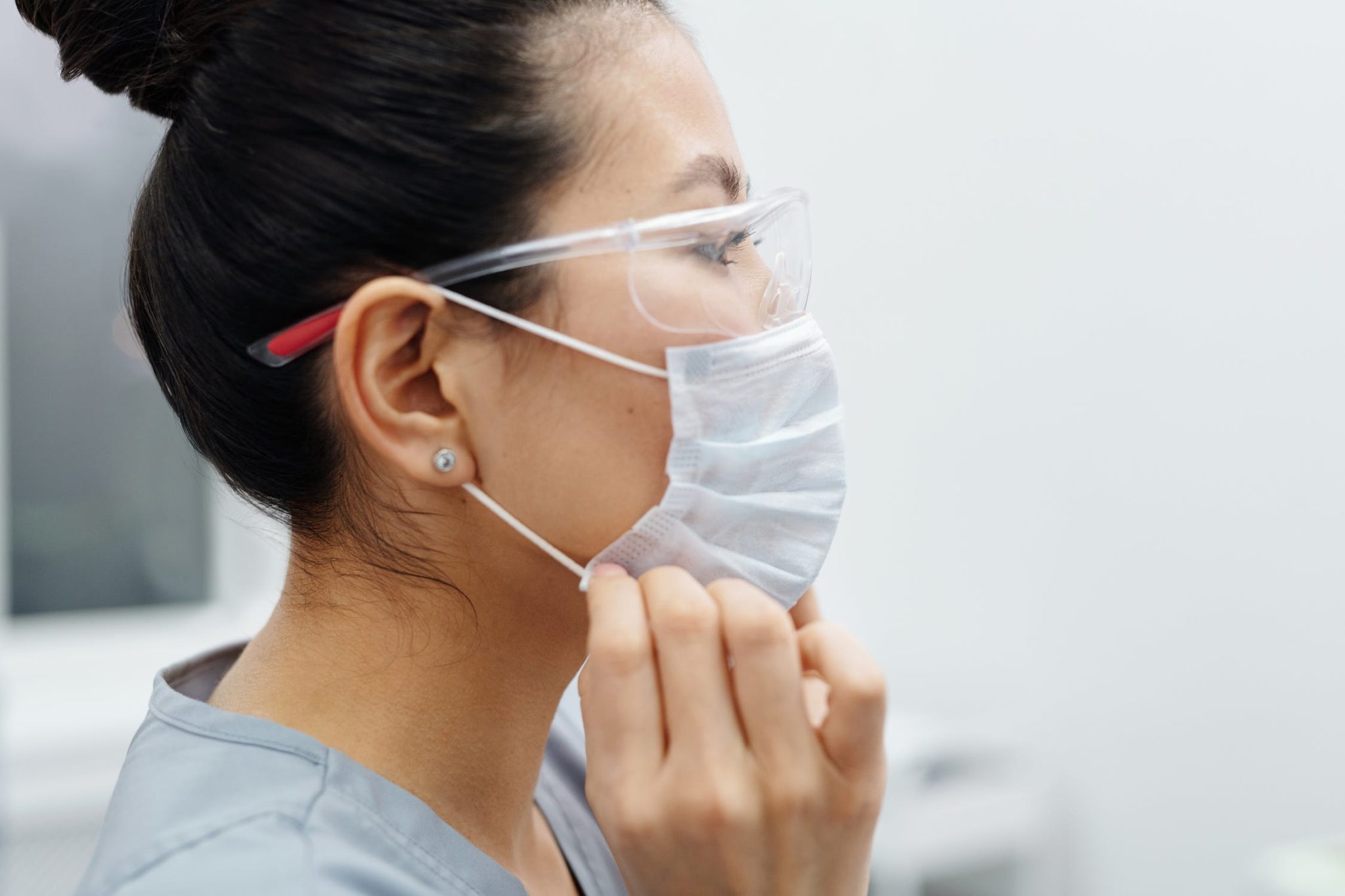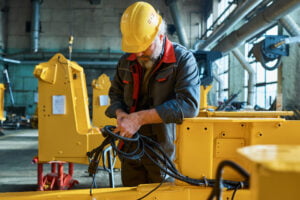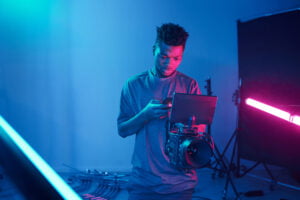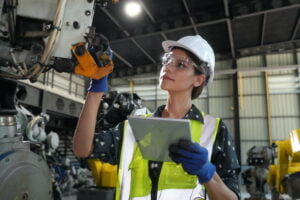Healthcare professionals may focus on providing medical care for patients, performing diagnostic tests, or developing medical treatments. Their objective is to improve patients’ health and well-being through their research, tests, or treatment.
Technology continues to shape the way that healthcare is provided. Modern technology makes it easier for medical researchers to analyze data, and it’s expanded the treatment options for some patients. Technological innovations in healthcare have transformed medical research and product development, how medical professionals deliver medical care, and patients’ treatment options.
Nursing
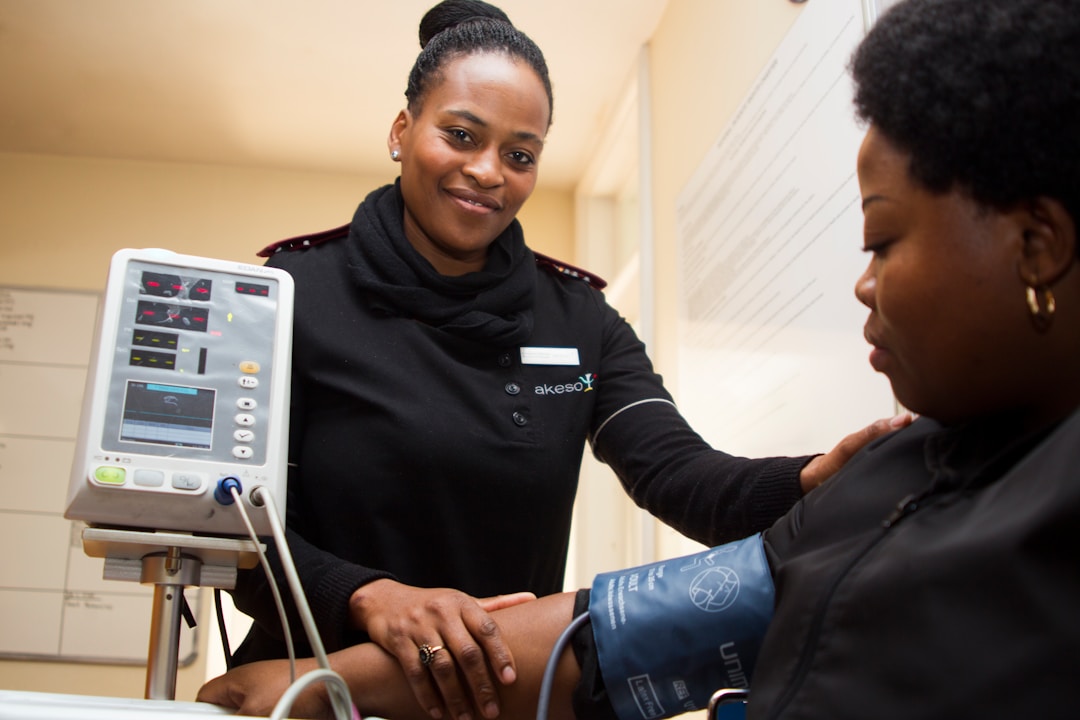
Nurses are medical professionals who provide direct patient care, update patient records, and give patients medication or provide other treatments prescribed by a medical doctor. Hospitals employ 60 percent of all registered nurses (RNs) in the United States, but RNs may also work for schools, nursing homes, and ambulatory services. RNs must earn a nursing diploma, associate’s degree in nursing, or a bachelor of science (BSN) in nursing and take the National Council Licensure Examination (NCLEX-RN) to earn their nursing license. Most RNs are required to take cardiopulmonary resuscitation (CPR) training. Some may also be required to earn their advanced cardiac life support (ACLS) or basic life support (BLS) certificate. One of the primary ways technology has transformed nursing is with monitors and alert systems. Whether a patient is in a surgery ward or the intensive care unit (ICU), patient monitors can trigger alarms to ensure nurses are alerted if their condition changes and they require immediate medical care.
RNs can also become flight nurses. So, what is a flight nurse? Thanks to technology, helicopters, and airplanes can transport patients. Those who treat trauma victims may work alongside flight medics, who are paramedics who provide patient care in helicopters. Flight nurses may also provide non-emergency medical transport (NEMT). Flight nurses accompany patients who need to be transported to a different hospital for specialized medical care. In addition to traditional nursing duties, flight nurses may need to work with international medical professionals to make transportation arrangements and ensure that they have transportation to and from the airport. In addition to their RN credentials, a flight nurse must pass a certification exam to become a certified flight registered nurse (CFRN).
Physical Therapy
Physical therapists are medical professionals with a Doctor of Physical Therapy degree who are licensed to provide a specific form of care. Physical therapists work with individuals who have balance and mobility issues. They may treat patients who’ve had a stroke, broken their leg, or received a spinal cord injury (SCI), among other medical needs. Physical therapists evaluate patients and develop treatment plans to help them increase their range of mobility. They may use stretches, exercises, and deep tissue massage as part of their treatment plans.
These days, physical therapists also use technological devices, such as medical exoskeletons. A medical skeleton is a wearable robot. Patients wear exoskeletons that use algorithms and sensors to help patients stand and move. The wearer receives support from the medical exoskeleton. These medical devices can be used for lower or upper limbs. Robotic exoskeletons can enable wheelchair users to stand and move, preventing atrophy and enabling wheelchair users to build and maintain their muscles.
Diabetic Monitoring

Thanks to technology, doctors have a new tool for treating diabetics. People with diabetes have high or low blood sugar, which can cause serious health problems, including strokes, nerve and kidney damage, and blindness. When a patient’s blood sugar isn’t regulated, they can also slip into a diabetic coma or even die.
Continuous glucose monitors (CGMs), Bluetooth technology, and iPhones or similar devices work together to transmit patients’ blood sugar readings to their doctors. Technology allows medical professionals and patients to determine what’s causing their blood sugar to rise or fall. This enables patients to develop a way to prevent their blood sugar from crashing or spiking through lifestyle changes. It can also alert medical professionals when immediate medical care is required, which could save a patient’s life if they slip into a diabetic coma and cannot call for medical help.
Technology is transforming the way that patients receive medical care and the way healthcare professionals work. Thanks to innovations from engineers, non-emergency and emergency nurses can provide patient care in helicopters and airplanes. Wearable robots provide physical support to enable stroke and wheelchair patients to stand and move. Monitoring devices have also improved patient care quality for people with diabetes and alert healthcare professionals to a medical emergency.
